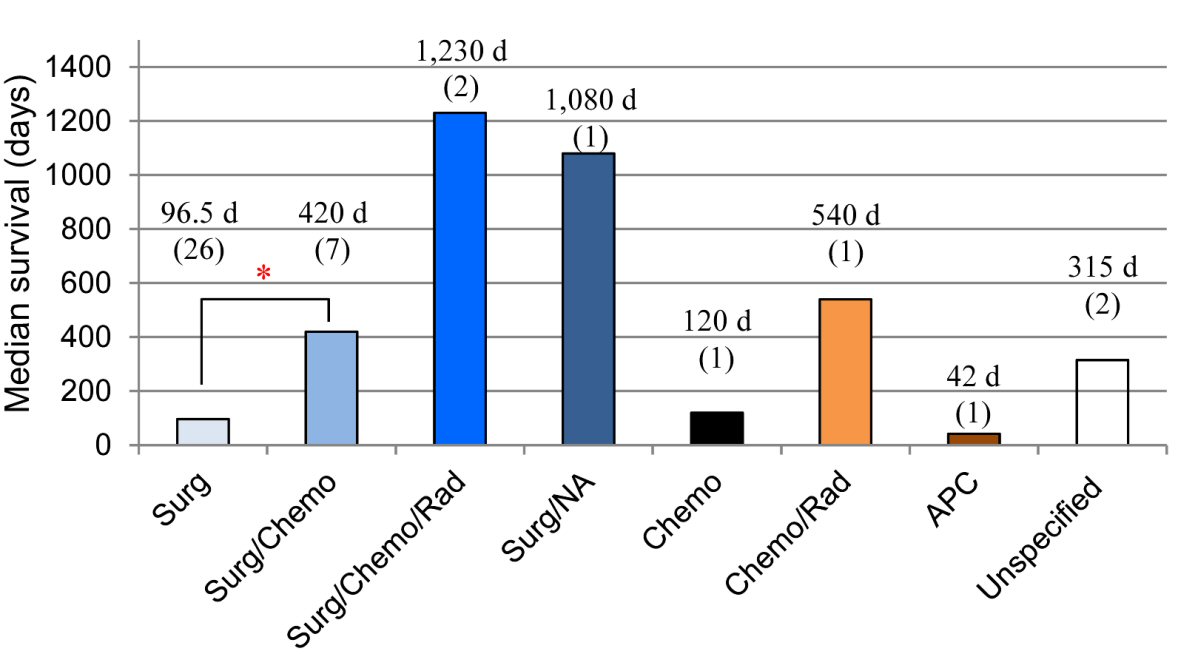
Figure 1. Age distribution in male and female patients of small intestinal angiosarcoma. There is no significant difference in age distribution between male and female genders (P = 0.677, Wilcoxon two-sample test, n = 28 and 18, respectively; the age of one male patient is missing).

Figure 2. (a) Survival analysis of patients with small intestinal angiosarcoma. (b) There is no gender difference in the survival times between male and female patients (0 = female, 1 = male; Log-rank test, z = 0.17, P = 0.86, n = 15 and 26, respectively).

Figure 3. Survival times in different treatment groups. The survival time is longer in patients received resection/chemotherapy compared to that in patients underwent surgery alone (*P = 0.0275; Log-rank test; n = 7 and 26, respectively). The survival times in other treatment groups are not compared due to the limited case numbers. *Compared to treatment with patients treated with surgery only. APC: argon plasma coagulation; Chemo: chemotherapy; NA: the other modality not available; Rad: radiation therapy; Surg: surgery.


